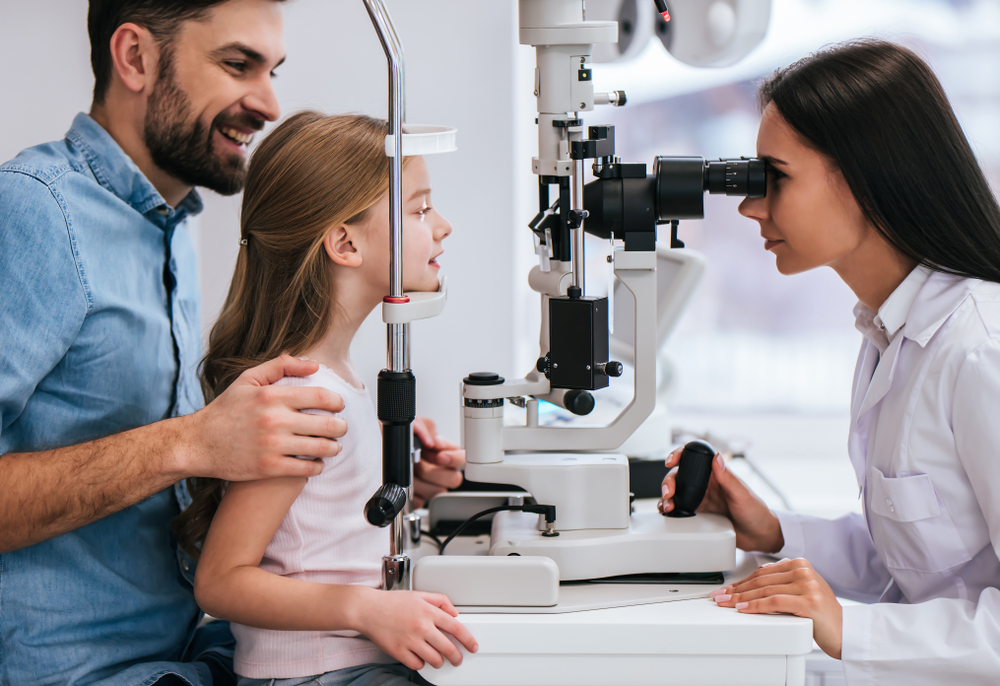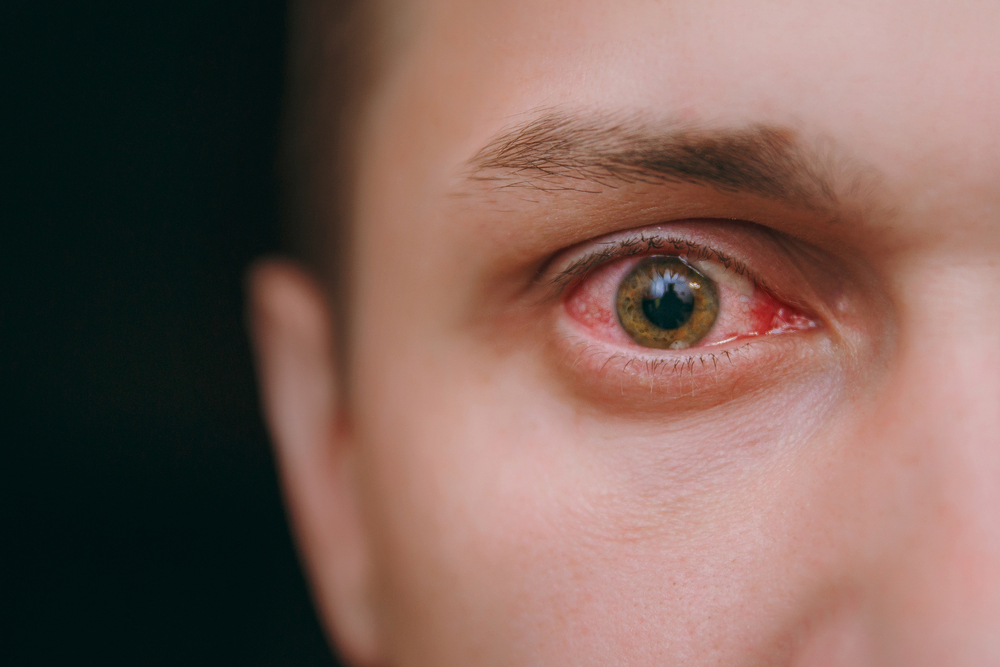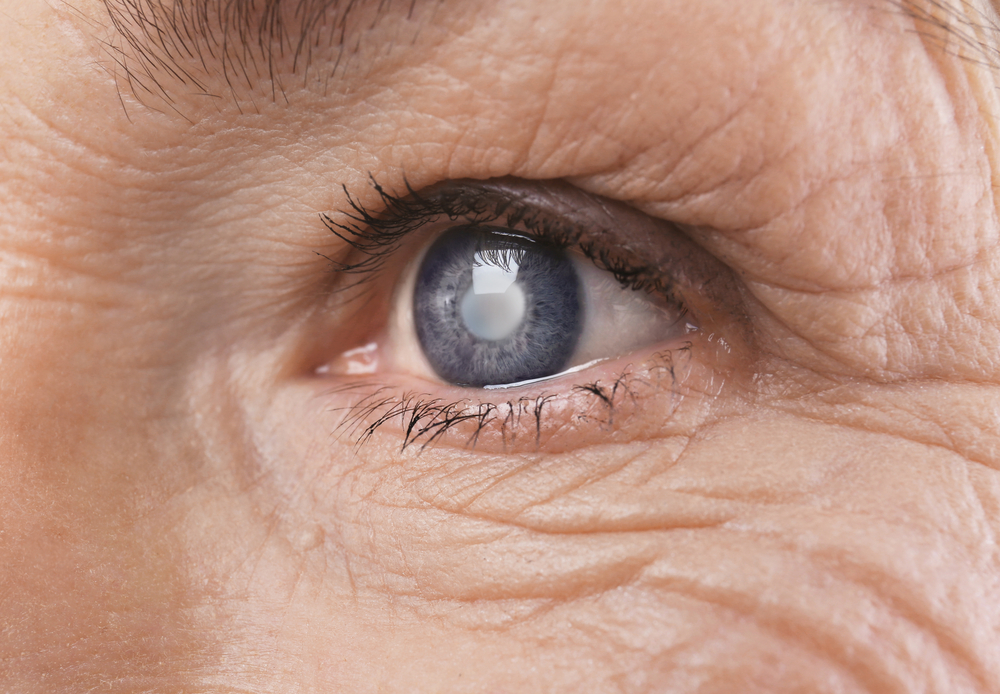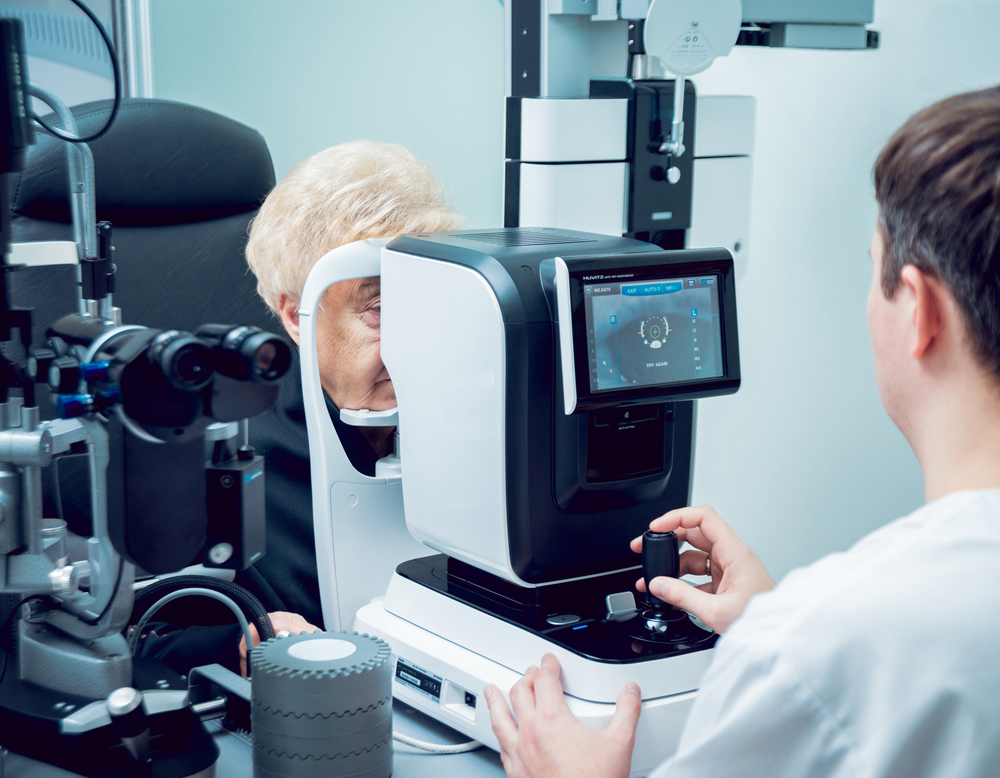The World Health Organization estimates that at least 2.2 billion people worldwide are visually impaired or blind, and of these cases, more than one billion could have been prevented or have not yet been treated.
Among the most frequent conditions are refractive defects such as myopia (difficulty seeing from a distance), hyperopia (seeing better from a distance), and others that reduce vision such as diabetic retinopathy, glaucoma, and cataracts. Infectious diseases such as conjunctivitis are also described, according to the first World Report on Vision published by the WHO in 2019.
It is highlighted that the aging of the population, changes in lifestyles, and limited access to eye care are some of the main factors driving the increase in the number of people with visual impairment.
For his part, Federico Hermes, an ophthalmologist, adds the importance of limiting the time spent using screens and trying to blink or replace them with natural tears.
Emergencies include severe eye pain, loss of vision, or any direct blow to the eye. Even if you can see, you need to treat it because it could cause a problem in the future.
Avoiding smoking is part of prevention. Schieber explains that this has an impact on vision and is associated with a disease called age-related macular degeneration, and the biggest risk factors for developing it are being fair-skinned and smoking.
In general, an annual evaluation with an ophthalmologist is recommended to ensure good eye health. During the pandemic, the recommendation is to do so only in cases of emergency or when special care is required because contact with eye fluids has been associated with a possible source of transmission of COVID-19.
In children
Vision screening is possible from birth. A baby who is premature and underweight at birth or who has been on oxygen at birth should consult a pediatric ophthalmologist at one month of age.
Schieber insists that parents should be aware of their children’s vision and approach them if they see anything abnormal. “Mothers usually see these kinds of details more,” she adds.
It is also suggested that you have an eye exam before school, especially if you are watching television or screens too closely. Later, another sign that something is not right is when your child does the same thing when coloring or writing.
Some children have difficulty learning and sometimes it is because they cannot see letters well. It is necessary to pay attention when they have difficulty learning colors because it could even be that children are color-blind – inability to see some colors in the normal way.

The most common diseases
These are some of the ones that cause the most visual problems. Most of them have a better prognosis if detected in time.
Conjunctivitis
It is described as an inflammation or infection in the transparent membrane called the conjunctiva that covers the eyelid and the white part of the eyeball and is perhaps one of the most frequent consultations with the ophthalmologist.
When the small blood vessels in the conjunctiva become inflamed, they become more visible. This is what causes the white part of the eye to turn reddish or pink. Although some types of conjunctivitis go away on their own and are not contagious, others require comprehensive treatments and strategies to avoid complications.
Research has shown that between one and three percent of patients with COVID-19 have this symptom, so if it appears, especially in association with a dry cough, fever, or loss of smell, among others, it is necessary to rule out the possibility that it is due to this cause.
Schieber explains that the climate and natural phenomena have increased the number of cases and complaints. People who wear contact lenses or suffer from dry eyes or those who are allergic are also prone to this symptom of irritated eyes.
Ideally, when discomfort appears, you should consult a specialist to determine the cause.
Symptoms include, in addition to redness, an increased amount of tears, a sensation of having a foreign body, itching, irritation, burning, secretions such as pus or mucus, as well as crusts on the eyelids or eyelashes, especially in the morning.
The three most common types of conjunctivitis are viral, allergic, and bacterial, and can occur in acute or chronic forms. When visiting the doctor, the patient’s age, time of year, and physical examination findings are essential for a good diagnosis.
Viral or bacterial types can occur alongside cold symptoms or as symptoms of a respiratory infection, such as a sore throat. It can spread easily, especially with certain bacteria and in certain environments, by being in contact with someone else without the necessary distancing precautions, experts explain.
Patients with conjunctivitis often associate it with contagiousness, but this is not necessarily the case. Part of the treatment could be with steroid antibiotics, which are administered in controlled quantities and times because incorrect use could affect visual health in the long term, leading to the development of glaucoma.
In the case of conjunctivitis caused by the herpes virus, if it comes into contact with steroids, the condition could worsen.
Allergic conjunctivitis is characterized by itching. It is not contagious and is usually caused by changes in climate, and humidity, as well as contact with dust, smoke, or exposure to the sun.
This type of conjunctivitis responds to antihistamine decongestant medications administered orally or topically.
In general, red eyes that do not respond quickly and completely to topical antibiotic treatment will require further evaluation to prevent possible complications.

Glaucoma
Symptoms appear quite late and can only be controlled by treatment. Glaucoma is the second most common cause of blindness worldwide. More than 50 percent of those affected in developed countries are unaware of having the disease, a figure that can rise to 90 percent in developing countries.
It appears after the age of 35 or 40, is hereditary, and is characterized by increased eye pressure that damages and injures the optic nerve, decreasing vision.
It is a chronic process that does not bother you and you do not realize you have it until it is too late. The damage caused by glaucoma is irreversible.

You should know what type of glaucoma you have. There is open-angle glaucoma, which causes blind spots and can be passed down from parents to children.
In the case of angle closure, which occurs when the fluid is blocked and cannot exit the eye, it is considered an emergency.
Secondary glaucoma is related to drugs, diseases, or injuries.
There is also congenital glaucoma, which is hereditary and prevents the eye from developing normally, and juvenile glaucoma, which can occur from age 10.
Treatment usually includes eye drops, oral medications, laser therapy surgery, or a combination of the above.
When detected early, it can prevent problems such as vision loss. There are treatments such as medication, laser, or surgery to reduce eye pressure.
The waterfalls
Yes, they do cause symptoms. The Mayo Clinic describes it as an opacity of the normal transparency of the lens of the eye.
Sufferers describe seeing through a fogged-up window. Cloudy vision resulting from cataracts can make it difficult to do things like read, drive, or see other details.

Cataracts are often hereditary but can be caused by other conditions, previous surgeries, or long-term use of steroid medications.
When surgery is performed, it is possible to save vision. This procedure is performed on an outpatient basis and local anesthesia is used. It is generally a fairly safe procedure.
Diabetic retinopathy
It is one of the complications of diabetes when this disease is poorly controlled. Doctor Daniel Canté, from the Diabetic Foot Unit, explains that a patient who is diagnosed with diabetes usually has 34 to 40% eye damage and this means that between seven and 10 years have passed, in which the sugar has begun to damage the different systems such as the eyes and specifically the retina.
If the patient continues with poor adherence to sugar treatment, he or she could end up blind; worldwide, this disease is one of the leading causes of this complication.
High blood sugar levels cause damage to the blood vessels in the retina – those that lead to the light-sensitive tissue at the back of the eye. These blood vessels can swell and leak fluid. They may also close up and prevent blood from flowing through.
Sometimes new abnormal blood vessels develop in the retina. All of these changes can cause vision loss.

Canté adds that the educational plan is essential to help the child recognize when to seek help. Retinopathy usually presents with symptoms such as blurred vision, an increased number of black spots, seeing blank or dark areas throughout the field of vision, or poor night vision.
If you see floating black spots, it means you may have a hemorrhage at that moment. Some of them resolve on their own, but that doesn’t mean it will happen again. This is an emergency because it could be an advanced stage of retinopathy and if it is not treated urgently, you may lose vision in that eye.
There are a variety of medications that may be recommended, some of which are administered by injection into the eye.
Laser surgery is another option to seal leaky blood vessels. This can reduce swelling of the retina. In some cases, treatment will also involve a vitrectomy.
The latter is done during an advanced stage of the disease and involves removing vitreous gel and blood from abnormal vessels at the back of the eye. The American Academy of Ophthalmology explains that this allows light rays to focus properly on the retina again. Scar tissue can be removed from the retina by this means.
In general, the more controlled your sugar levels are, the better you will be at stopping the process and improving your vision. An annual visit to the ophthalmologist is essential to assess your eye health.





















+ There are no comments
Add yours